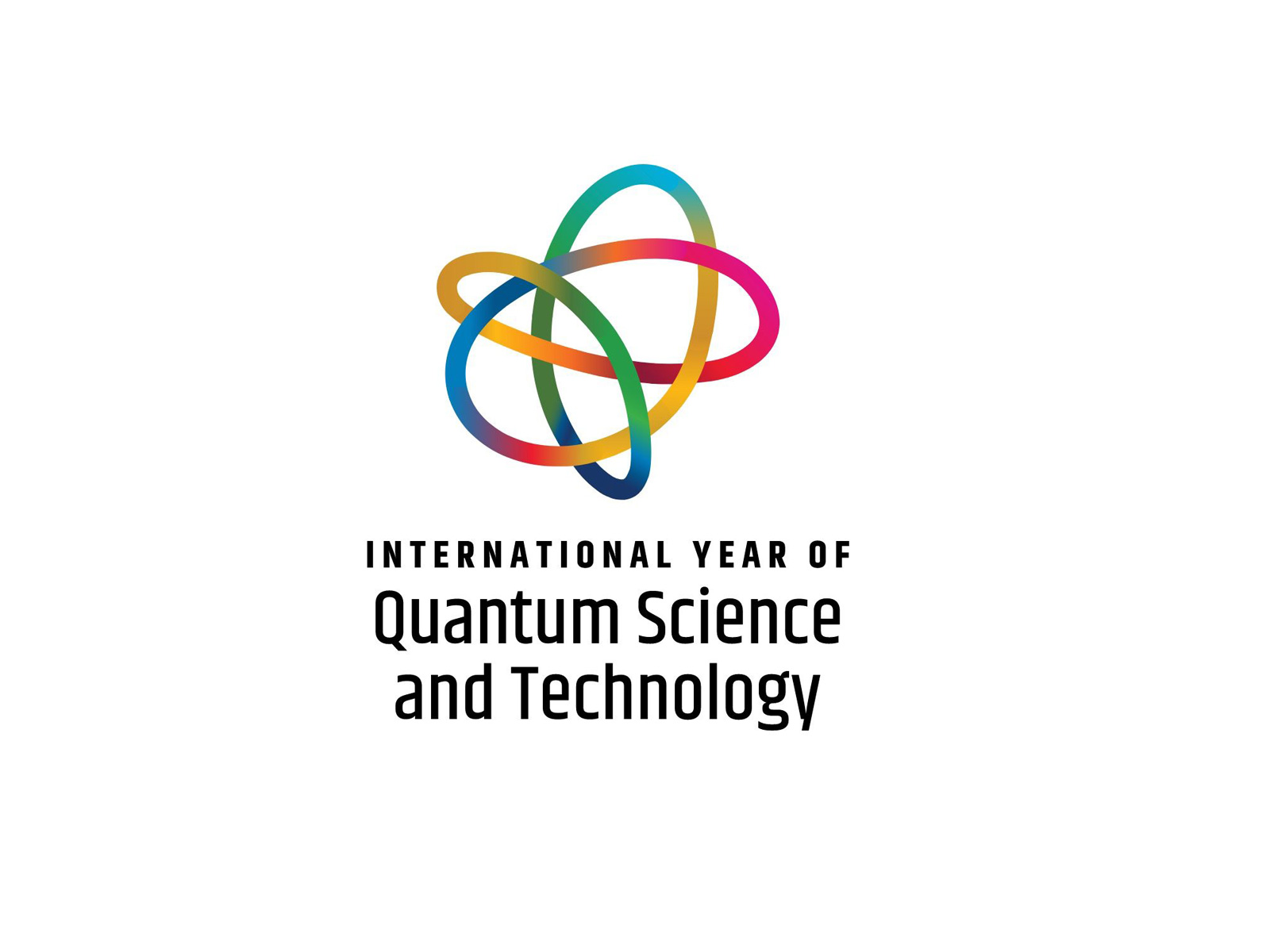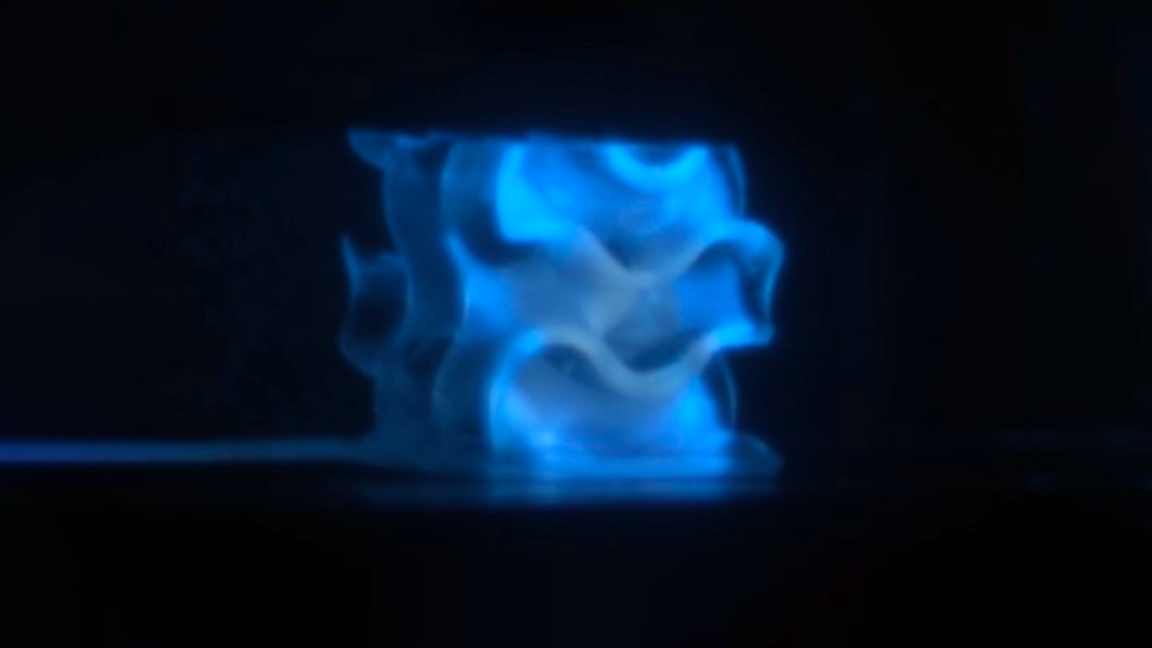 The ATLAS experiment at the LHC has observed the first direct evidence of high energy photon-on-photon scattering. This is a very rare process in which two photons interact and change impulse, energy and direction. The result, published in August on Nature Physics, confirms one of the oldest predictions of quantum electrodynamics (QED), and is the first direct evidence of light interacting with itself at high energy, a phenomenon that is not possible in classical theories of electromagnetism. Physicists obtained the result using data produced in collisions between lead ions. As bunches of lead ions are accelerated, an enormous flux of surrounding photons is generated, which can interact with one another, giving rise to the phenomenon of photon-on-photon scattering. These interactions are known as “ultra-peripheral collisions”. Finding evidence of this rare phenomenon required the development of a new ‘trigger’ for the ATLAS detector. The new trigger’s success in selecting the events demonstrates the power and flexibility of the system, as well as the skill and expertise of the analysts and groups who designed and developed it.
The ATLAS experiment at the LHC has observed the first direct evidence of high energy photon-on-photon scattering. This is a very rare process in which two photons interact and change impulse, energy and direction. The result, published in August on Nature Physics, confirms one of the oldest predictions of quantum electrodynamics (QED), and is the first direct evidence of light interacting with itself at high energy, a phenomenon that is not possible in classical theories of electromagnetism. Physicists obtained the result using data produced in collisions between lead ions. As bunches of lead ions are accelerated, an enormous flux of surrounding photons is generated, which can interact with one another, giving rise to the phenomenon of photon-on-photon scattering. These interactions are known as “ultra-peripheral collisions”. Finding evidence of this rare phenomenon required the development of a new ‘trigger’ for the ATLAS detector. The new trigger’s success in selecting the events demonstrates the power and flexibility of the system, as well as the skill and expertise of the analysts and groups who designed and developed it.
You might also be interested in

EuPRAXIA chooses ELI Beamlines as second site for laser-driven accelerator

The record neutrino observed by KM3NeT
07 February 2025
Read more The record neutrino observed by KM3NeT

INFN celebrates the STEM WEEK and the International Day of Women and Girl in Science 2025

International Year of Quantum Science and Technology, 2025
03 February 2025
Read more International Year of Quantum Science and Technology, 2025

A new generation of plastic scintillators thanks to 3d printing

Capturing the accretion flow of M87* black hole
22 January 2025
Read more Capturing the accretion flow of M87* black hole